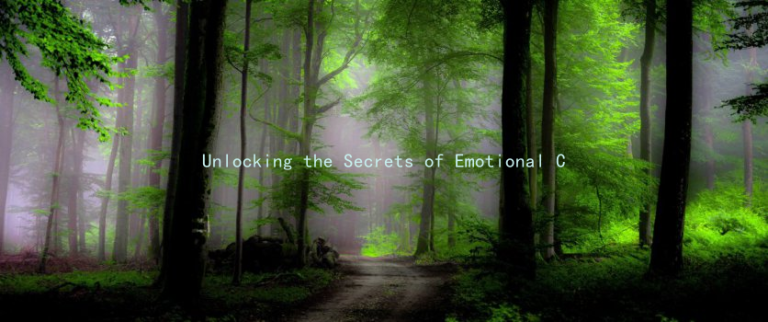From Words to Feelings: Utilizing Emotional Storytelling in Relationships
In the intricate dance of romance and connection, the way we communicate can significantly influence the depth of our relationships. While mutual interests and compatibility lay the foundation, its the ability to convey emotions and share personal stories that can transform mere companionship into a profound bond. Hence, mastering the art of emotional storytelling in relationships is paramount.
Emotional storytelling is the ability to articulate feelings and experiences in a way that resonates with others. It goes beyond simple conversation, inviting your partner into your world and allowing them to experience your emotions vicariously. When we share our stories, we naturally tend to craft narratives that highlight our vulnerabilities, joys, and challenges. This vulnerability fosters intimacy, enabling a deeper understanding between partners.
To effectively use emotional storytelling in your relationship, start by choosing moments that hold significance for you. Perhaps its a childhood memory that shaped your perceptions of love, or an experience that taught you resilience. By articulating these moments, you invite your partner to understand the context of your feelings and actions. Moreover, it opens up pathways for them to share their own stories, creating a reciprocal exchange that strengthens your connection.
Active listening is crucial in this narrative-sharing process. When your partner shares their story, listen not just to respond but to understand. This means being attuned to their emotions, asking follow-up questions, and expressing empathy. Validation enhances the storytelling experience, making your partner feel cherished and understood. In this space, your relationship evolves from superficial chats to meaningful dialogue, where both partners feel safe to express their authentic selves.

Moreover, integrating emotional storytelling into your relationship can help navigate conflicts. When disagreements arise, sharing how certain situations make you feel can be far more effective than throwing accusations or points of blame. For example, instead of saying, “You never listen to me,” you might share a story about a time when you felt unheard and how it impacted your emotions. This shifts the focus from blaming to expressing feelings, allowing for a more constructive and compassionate resolution.
Additionally, incorporating rituals of storytelling can enhance your bond. Consider setting aside time during your week for meaningful discussions, whether over dinner or during a cozy evening together. Use prompts, such as, “What’s a memory that makes you smile?” or “Share a challenge you’ve overcome.” These prompts encourage reflection and dialogue, ensuring that your relationship remains dynamic and ever-growing.
Lastly, remember that storytelling should evolve in line with your relationship. As your bond deepens, so should your narratives. New experiences, challenges, and joys yield fresh stories to share, allowing your relationship to mature over time. Celebrate milestones with stories about what they mean to you, and reminisce about shared experiences that highlight your journey together.
In conclusion, emotional storytelling is a powerful tool in nurturing and deepening relationships. By sharing our stories, we not only communicate our feelings but also foster empathy, understanding, and connection. As you weave stories into your relationship, you pave the way for a richer, more intimate partnership. Remember, it’s not just about the words you say; it’s about the feelings those words evoke that truly matter.





